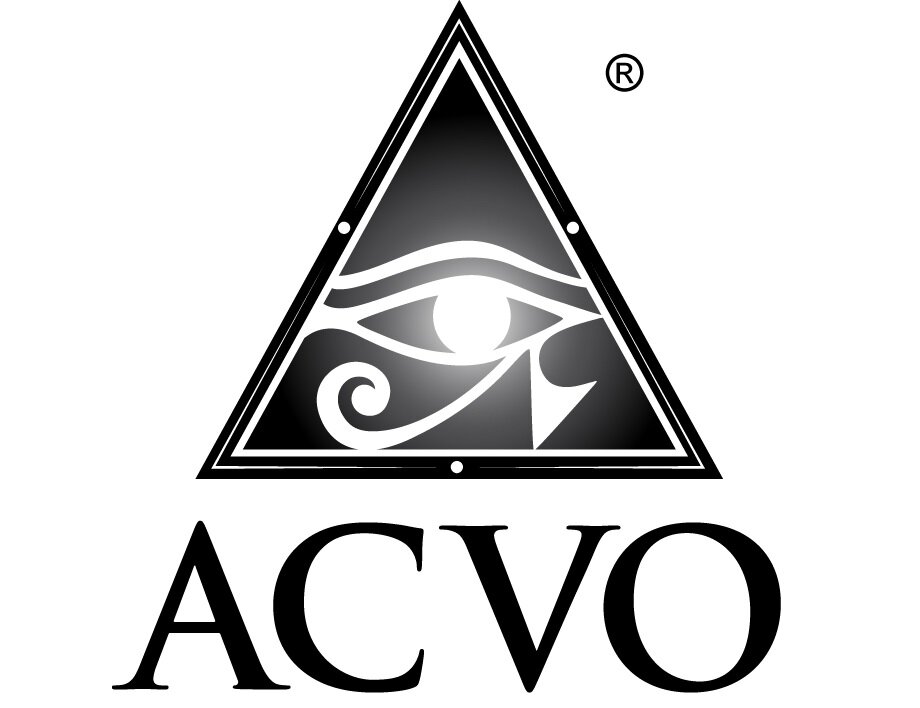“Something’s Growing on My Dog’s Eyes” Chronic Superficial Keratitis and Plasma Cell Infiltrate of the Third Eyelids
“SOMETHING’S GROWING ON MY DOG’S EYES”
CHRONIC SUPERFICIAL KERATITIS AND PLASMA CELL INFILTRATE OF THE THIRD EYELIDS
Nancy M. Bromberg, VMD, MS, DACVO
VCA SouthPaws Ophthalmology
What is “Pannus”?
Pannus is the common term for Chronic Superficial Keratitis and/or Plasma cell infiltrate of the third eyelids. “Pannus” is an immune-mediated problem with suspected inherited etiology most frequently identified in Shepherd breeds, Greyhounds and Dachshunds. However, other breeds and mixed breed dogs can also be affected. “Pannus” occurs when there is an immune response of the eye toward (most frequently) the cornea. It frequently starts at the ventrolateral (outer and lower) aspect of the cornea and progresses across the cornea. There is an ingrowth of inflammatory cells and vascular tissue, accompanied by pigmentation and secondary degenerative or dystrophic changes. “Pannus” of the third eyelid occurs due to accumulation of plasma cells and other inflammatory cells in the third eyelid, especially the leading edge. UV exposure exacerbates the syndrome.
How is “Pannus” diagnosed?
Chronic superficial keratitis (CSK) is identified by the progressive vascular and inflammatory changes seen in the cornea. Plasma cell infiltrate, which can occur separately or in conjunction with CSK, appears as a thickened, “cobble-stone” appearance, with depigmentation of the leading edge of the third eyelid.
How is “Pannus” treated?
Since “Pannus” is an immune-mediated disease, treatment can lead to successful clearing of the cornea and control of the disease. However, “Pannus” cannot be cured. It is imperative that treatment be continued lifelong. Immune suppressant medications, including topical corticosteroids like Prednisolone or Dexamethasone and/or immunomodulators like Tacrolimus or Cyclosporine are frequently prescribed. In severe cases, repository subconjunctival corticosteroids or systemic corticosteroids may be used to bring the condition under control. In rare cases, Beta radiation has been used. UV light exposure causes exacerbation of the condition. Dogs living in high altitudes (like Denver), with increased UV exposure, are frequently difficult to control.
What is the prognosis for “Pannus”?
Once brought under control, the prognosis is good for continued control with appropriate treatment. Your ophthalmologist will recommend rechecks at specific intervals to keep the condition under control. If medications are discontinued and the “Pannus” worsens, it may be more difficult to bring it under control again. There is no cure for “Pannus”- only control!


